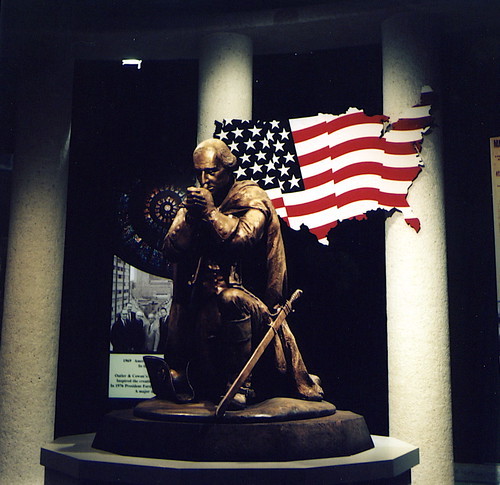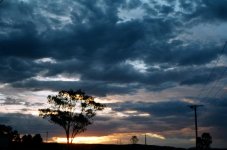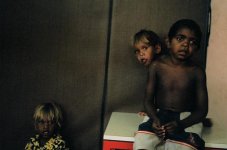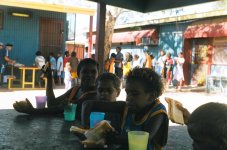I think a mistake a lot of people make when attempting to use the Sunny 16 "rule," is the assumption that your eyes are somehow "metering" the light. They're not - your brain is analyzing the image in front of it. For instance, if you can easily see the light source is a naked sun, it's pretty obvious what the exposure should be. If it's obvious the subject is in shade, the exposure is perhaps 3 stops down.
Obviously this depends on the amount of light from the sun in your locale. This is where a bit of experience comes in. In general, you won't be more than a stop off on a clear day just shooting at 1/film speed and F16 or some equivalent. After processing the roll, you will know if you are giving too much exposure. The more you use it, the more accurate you will be. The use of a meter need not be an either-or condition. Merely use the meter for an initial reading, a sanity check if you will, and commence shooting a number of frames. Check the meter occasionally just to see what it says. My experience tells me that I tend towards under-exposure indoors and at night. So I now consciously open up/slow down for indoor/night shots, and have had much success.
There's not one rule for "Sunny 16," rather it's a collection of data points. I learned best not using a cardboard exposure guide, but by remembering "1/film speed; sunny - f/16, shade - f/5.6," and practice, using a meter only occasionally. Plenty of failure, but hey, they weren't composed properly either 🙂
When I worked at a lumber mill, I could tell you how long a board was within 6", how thick within an 1/8", and how wide within a 1/2". Working the greens at a golf course, I could tell you the height of your lawn within a 1/4 inch at a glance. Working as a pizza cook, I could weigh ingredients in my hand to the ounce. Certainly not on the first day, but after only a few months, such "feats" were second nature.
I've certainly enough proof I'm no superman. It's simply a matter of learning how to use your God-given powers to observe the world around you and glean the useful facts. Sunny 16 isn't really a ruleset for perfect exposures, it's a method for learning to read light and translate into exposure settings, much as the Zone system is a method for learning how exposure and development affects tones on a negative rather than a guide to taking perfect pictures.





